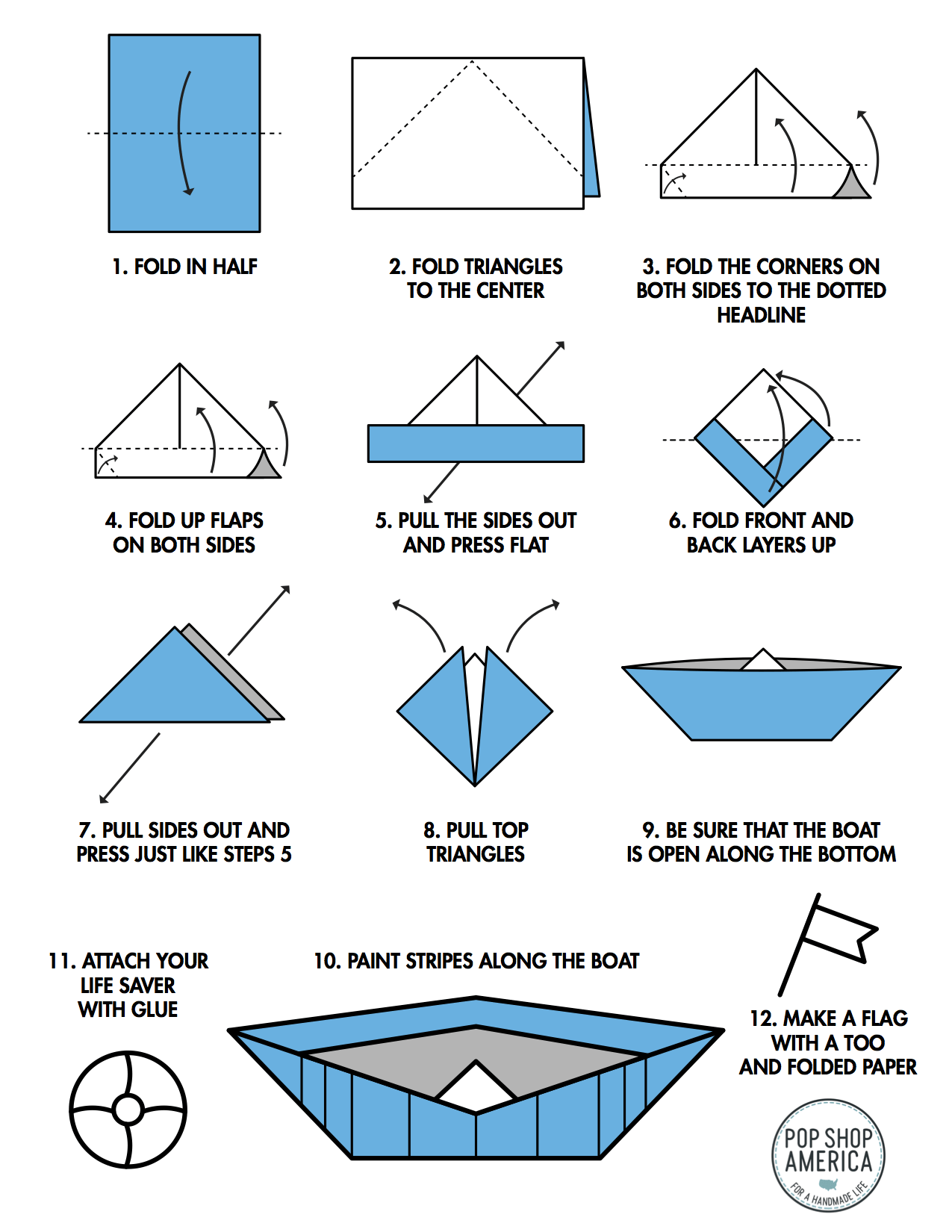Customizing Your Boat: Rod Holders, Storage, and More
Owning a boat is a significant investment, representing a gateway to countless hours of enjoyment on the water. However, the inherent satisfaction of boating can be significantly enhanced through careful customization. A personalized vessel, tailored to the owner's specific needs and preferences, translates to greater comfort, efficiency, and overall enjoyment. This article will explore various aspects of boat customization, focusing on practical improvements like rod holders, storage solutions, and other essential enhancements that can transform your boating experience.
Optimizing Rod Storage and Accessibility
For anglers, the proper storage and accessibility of fishing rods are paramount. Improperly stored rods can lead to damage, while inaccessible rods can hinder a timely response during prime fishing moments. Careful consideration of rod holder placement and design is crucial for maximizing both safety and convenience.
Types of Rod Holders
The market offers a diverse range of rod holders, each with unique attributes suited to various angling styles and boat designs. Recessed rod holders are seamlessly integrated into the boat's structure, offering a clean aesthetic and protection from the elements. Surface-mount rod holders provide a more readily adaptable solution, easily affixed to gunwales, decks, or other suitable surfaces. Rocket launchers, designed for multiple rods, are particularly advantageous for anglers targeting multiple species or fishing with multiple rods simultaneously. Finally, vertical rod holders are ideal for storing rods upright, minimizing space and protecting rod tips. Selecting the optimal style depends on the number of rods, fishing style, boat type, and personal preference.
Strategic Placement for Maximum Efficiency
The placement of rod holders is critical for both ease of access and safety. Consider the following factors when determining the optimal location:
- Frequency of use: Frequently used rods should be easily accessible from the captain's station or primary fishing areas.
- Fishing technique: The type of fishing being undertaken will dictate the best positioning. For example, trolling may require different rod holder placement than casting or jigging.
- Safety considerations: Rods must be securely stored to prevent them from becoming entangled, causing injuries, or obstructing navigation.
- Accessibility during maneuvering: Ensure rod holders are not placed in areas that might impede movement or create hazards while navigating the boat.
Careful planning and measurement are essential before installation to ensure optimal placement and avoid potential conflicts with other boat features or equipment.
Enhancing Boat Storage and Organization
Clutter on a boat can quickly become a major inconvenience, jeopardizing safety and diminishing the overall boating experience. Efficient storage solutions are paramount for maintaining order and maximizing space utilization. Customizing your boat's storage capabilities is an investment that greatly improves both functionality and aesthetic appeal.
Under-Seat Storage Solutions
Under-seat storage is often an underutilized space. Custom-fit storage boxes or bins can effectively utilize this space for a variety of items, from safety gear to fishing tackle. These containers can be tailored to specific dimensions, ensuring that they perfectly fit available space and maximizing storage capacity. Choosing waterproof and durable containers is also essential to protect stored items from moisture and impact.
Custom-Built Storage Compartments
For more significant storage needs, custom-built compartments can be integrated into the boat's design. These solutions are particularly beneficial for larger vessels or those with unique storage requirements. Consider factors like materials, access points, and security features when planning custom storage. Durable materials such as marine-grade plywood and fiberglass are best suited to withstand the marine environment. Installing locking mechanisms can also deter theft and protect valuable equipment.
Utilizing Vertical Space
Vertical space is often overlooked in boat storage planning. Utilizing shelves and racks on walls and bulkheads can significantly increase storage capacity, particularly for smaller items like tackle boxes, tools, and personal effects. Utilizing vertical space allows for more efficient use of available area and improves organization, maintaining a cleaner boat environment.
Beyond the Basics: Other Customization Options
Beyond rod holders and storage, many other customization options can enhance your boat's functionality and comfort. These improvements can significantly increase enjoyment and efficiency on the water.
Electronic Integration and Navigation Enhancements
Modern boat navigation systems offer significant benefits, improving safety and simplifying navigation. Integration of GPS chartplotters, fish finders, and autopilots can significantly improve the boating experience. Ensuring seamless integration of electronic systems is crucial, requiring careful planning and professional installation to prevent wiring conflicts and ensure proper functionality.
Livewell Upgrades and Bait Systems
For anglers, livewells are essential for keeping caught fish alive and healthy. Upgrading your livewell system with features such as improved circulation, oxygenation, and temperature control can significantly improve the quality of live fish storage. Similarly, improved bait storage systems can maintain bait freshness, essential for successful fishing excursions. Customizing these systems ensures the equipment is optimized for the specific needs of your fishing style and vessel.
Comfort and Convenience Upgrades
Comfort and convenience features can also greatly enhance the overall boating experience. Installing comfortable seating, upgraded cushions, or even a bimini top can significantly improve the overall comfort and enjoyment of time spent on the water. These additions transform the boat into a more relaxing and enjoyable environment for passengers.
Safety Equipment Enhancements
Safety should always be the top priority when boating. Upgrading safety equipment, such as adding additional life jackets, flares, or a first-aid kit, is a worthwhile investment. Customizing the storage location for this essential gear ensures immediate access in emergencies. Regularly checking and maintaining safety equipment is crucial to ensure its effectiveness in times of need.
In conclusion, customizing your boat is an investment that yields substantial rewards. By carefully considering the needs of the users and the specifics of the vessel, owners can transform their boat into a highly functional, safe, and enjoyable vessel tailored precisely to their preferences. The careful implementation of rod holders, optimized storage solutions, and other customization enhancements contribute to a significantly enhanced boating experience, ensuring many years of safe and enjoyable time spent on the water.


















